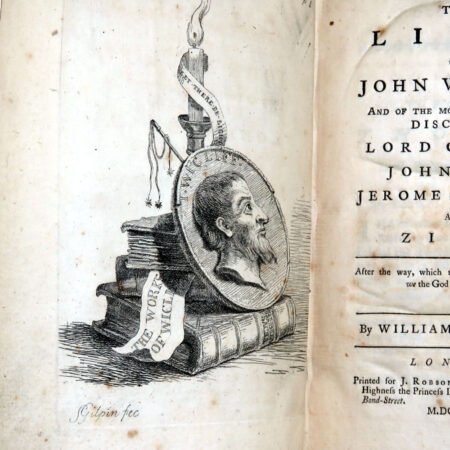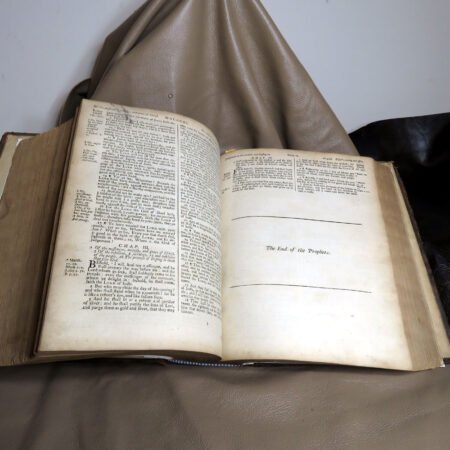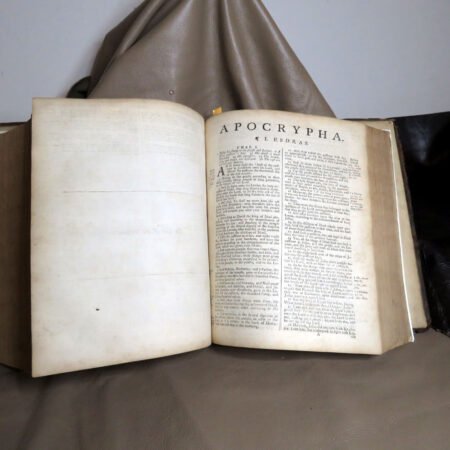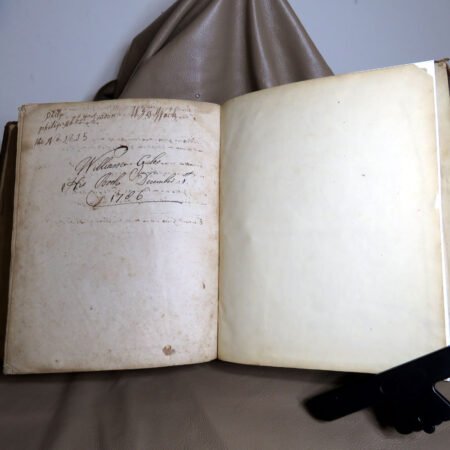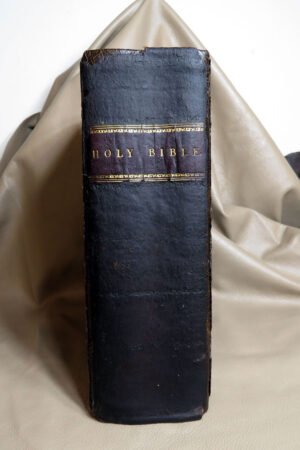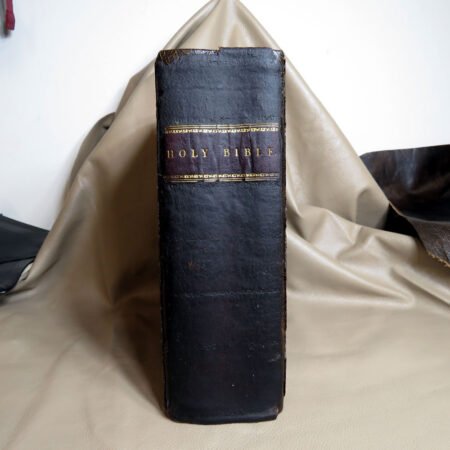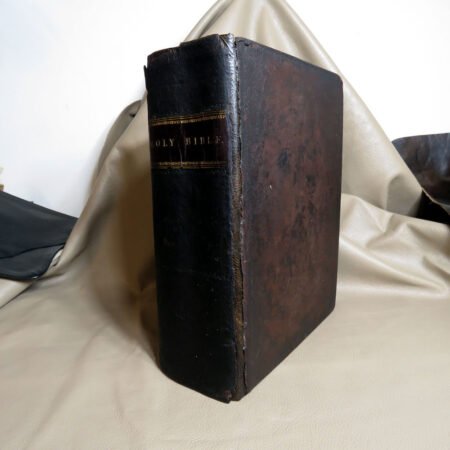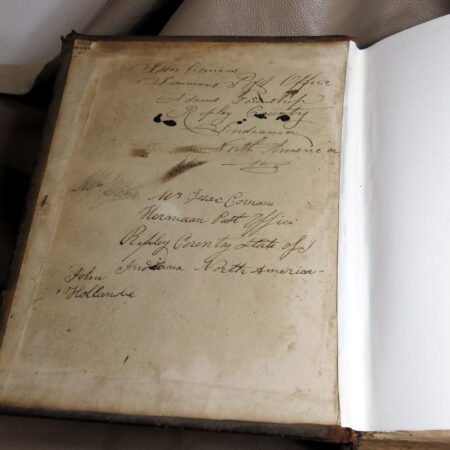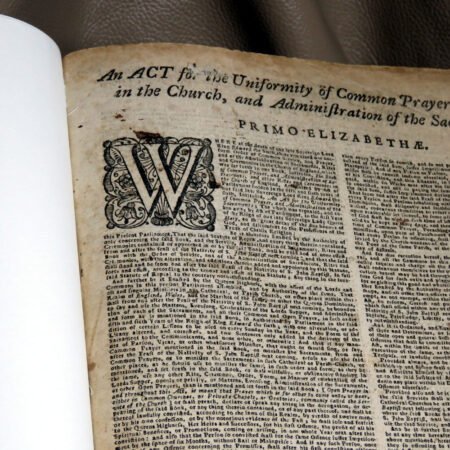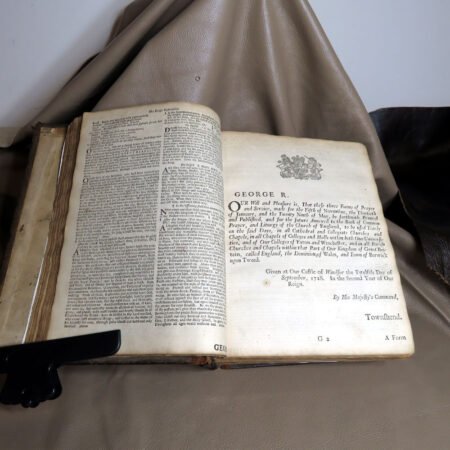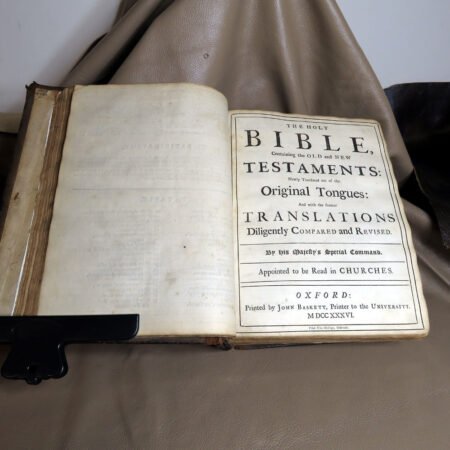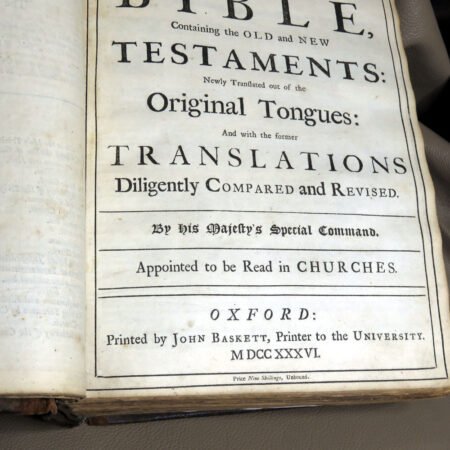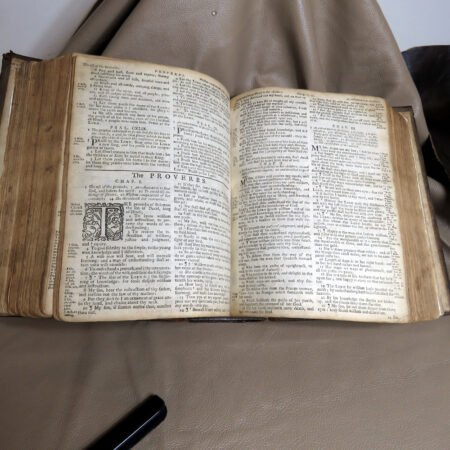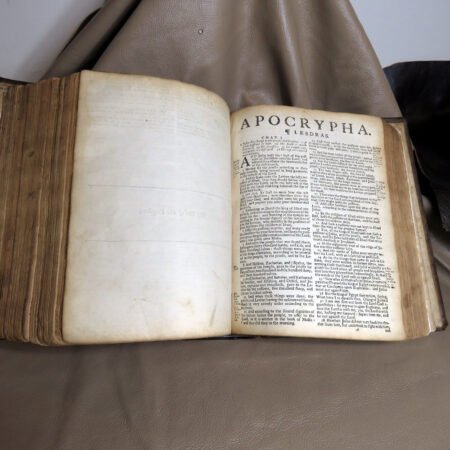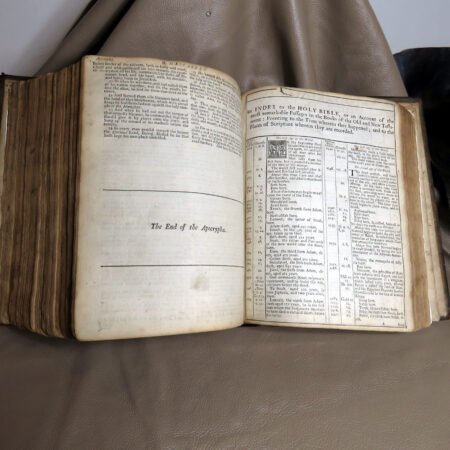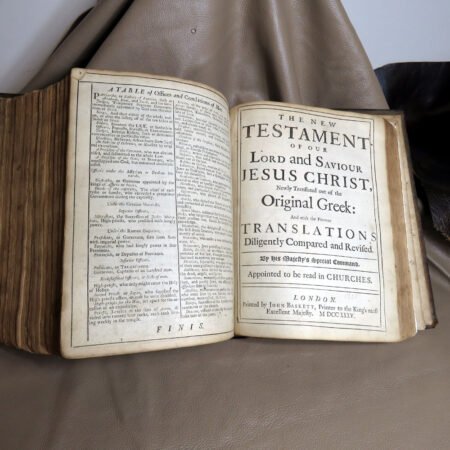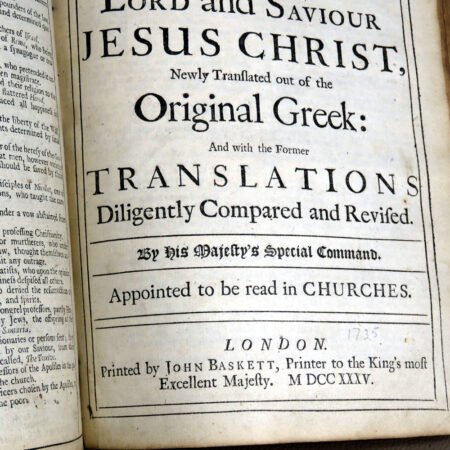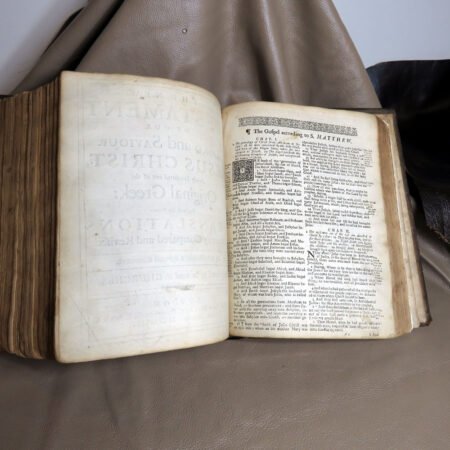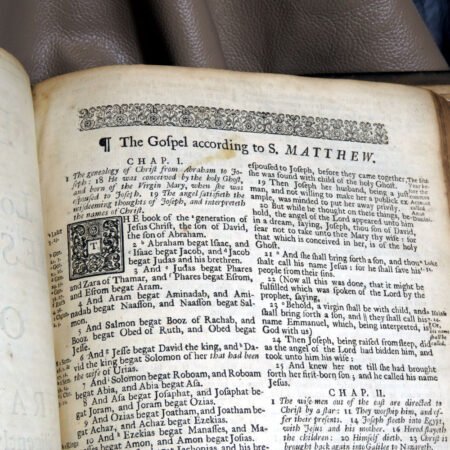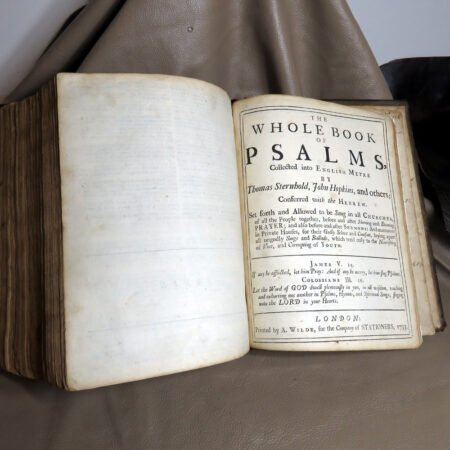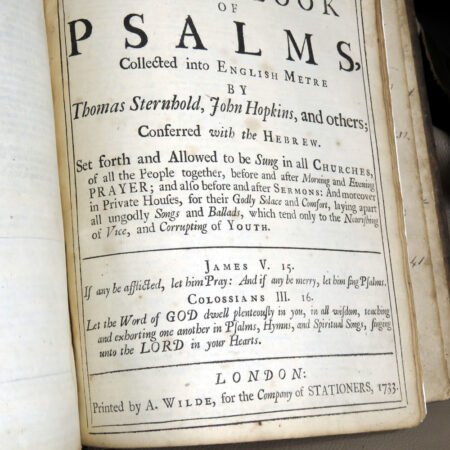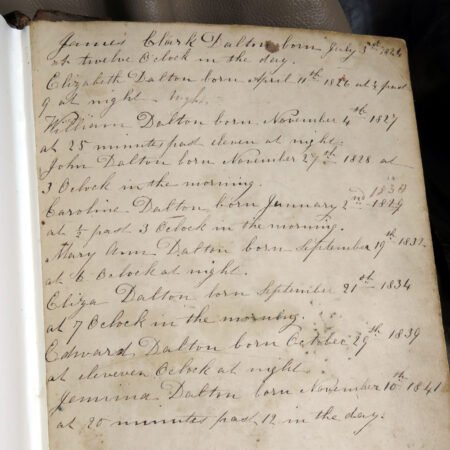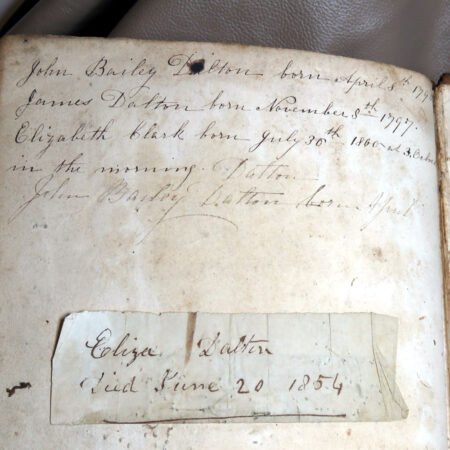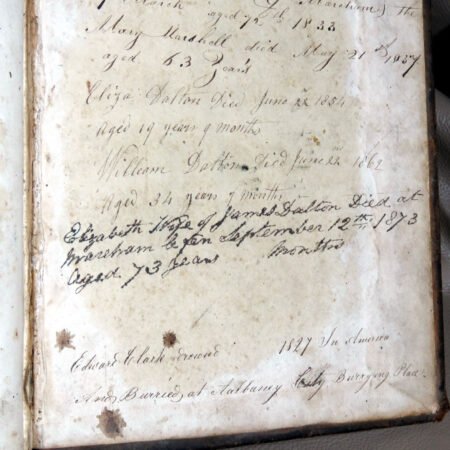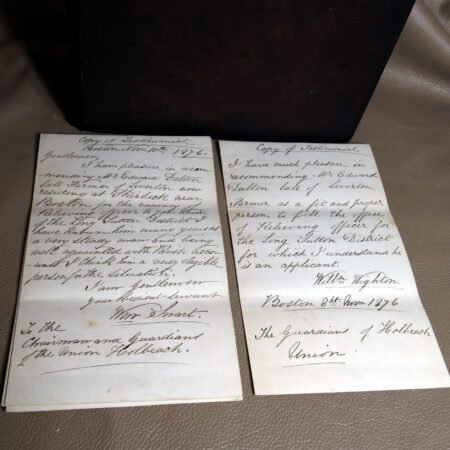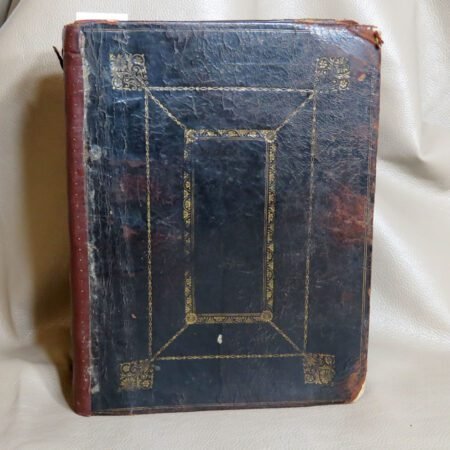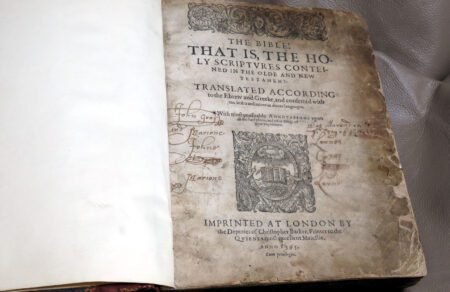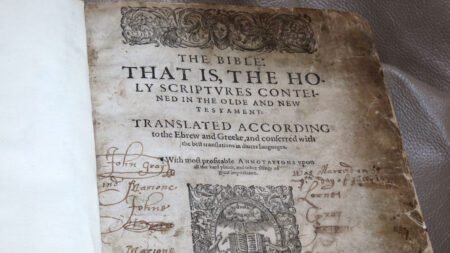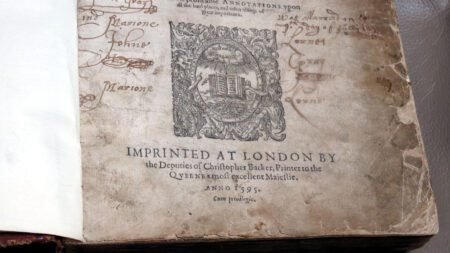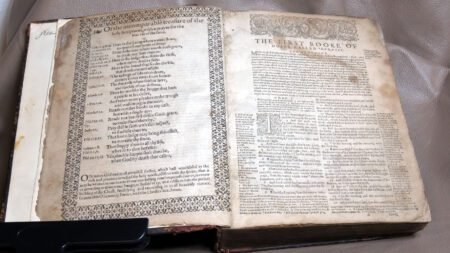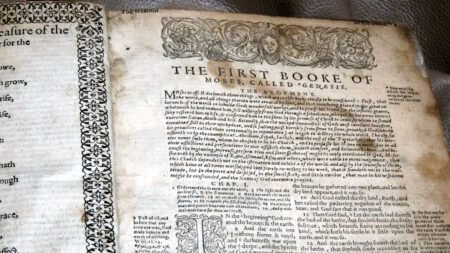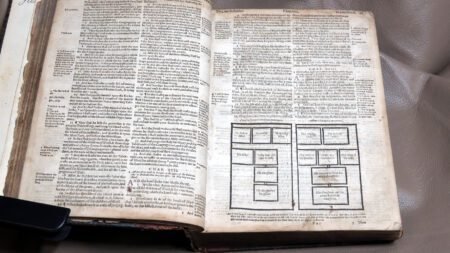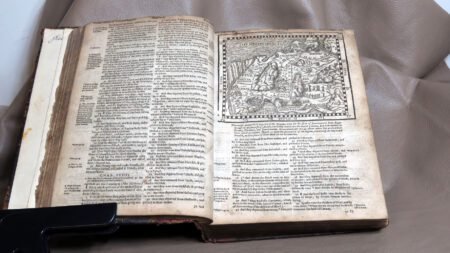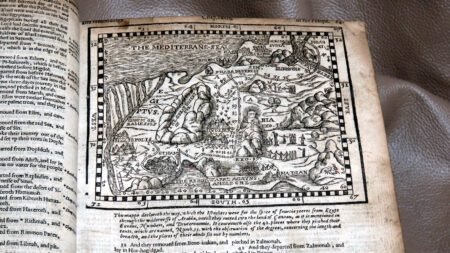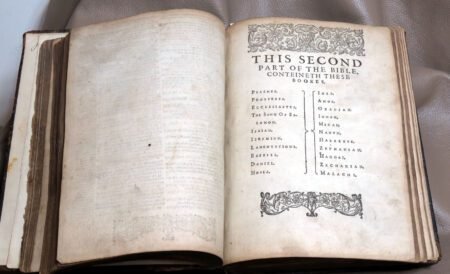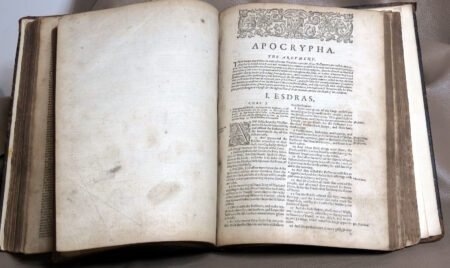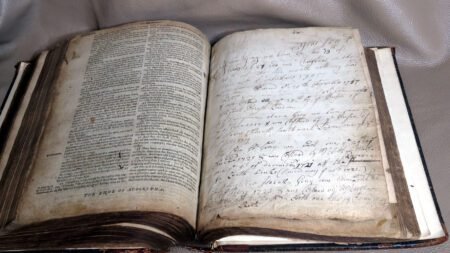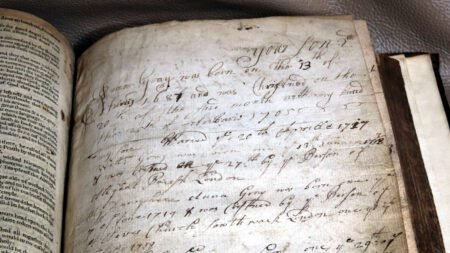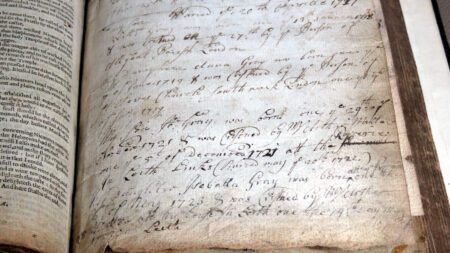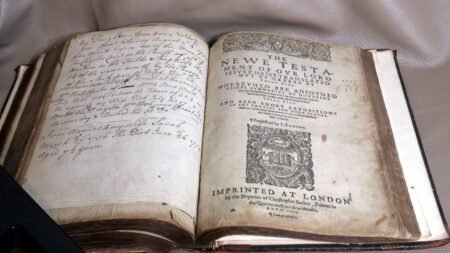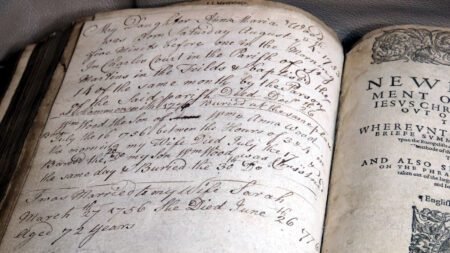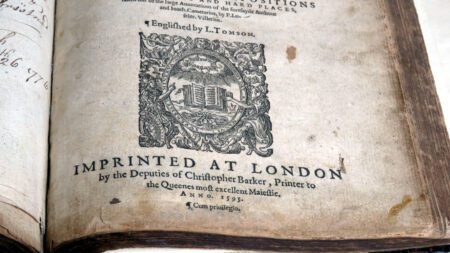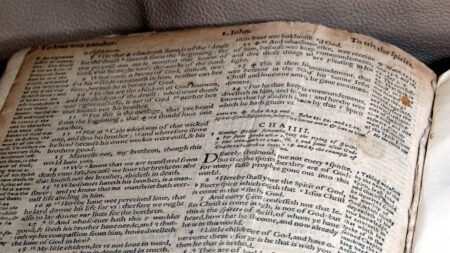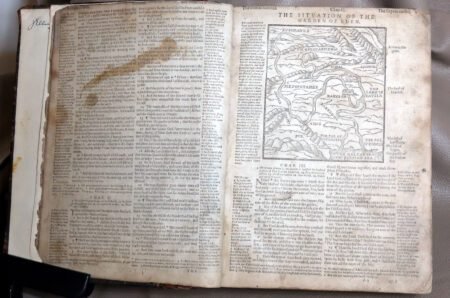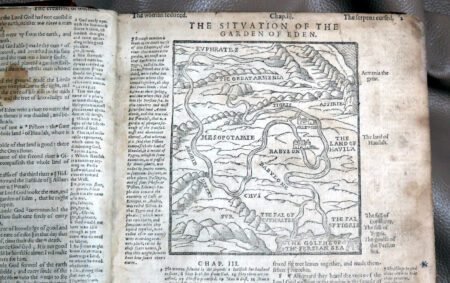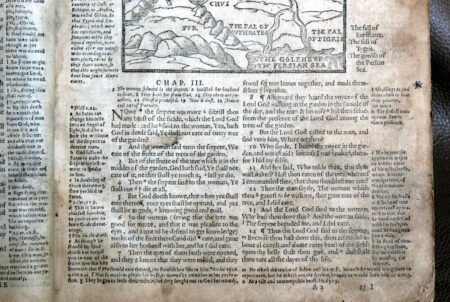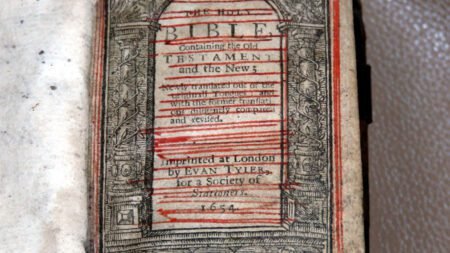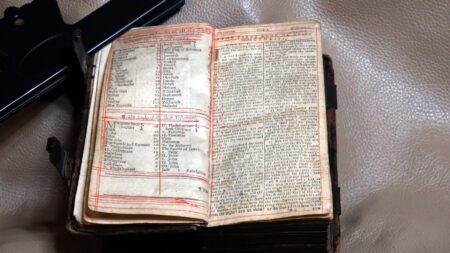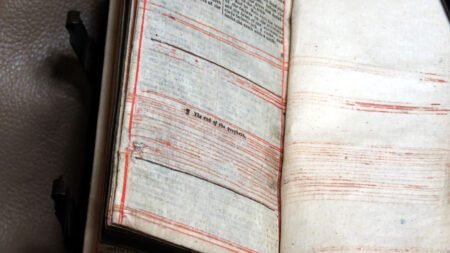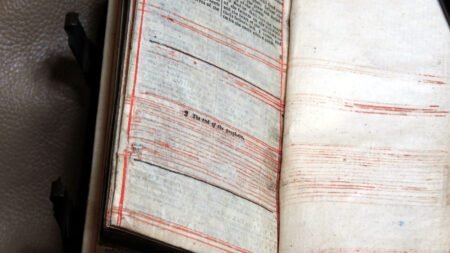
The Three Forms of Unity are a set of confessional documents that outline the beliefs of the Reformed Church. These documents were written during the sixteenth and seventeenth centuries and have since become essential in the understanding and practice of the Reformed faith. In this article, we will explore the history, purpose, and content of the Three Forms of Unity.
History of the Three Forms of Unity
The Three Forms of Unity were created in response to the religious conflicts that occurred during the Reformation. In the Netherlands, a group of theologians led by Guido de Brès created the Belgic Confession in 1561, which outlined the basic beliefs of the Reformed Church. The Heidelberg Catechism was written by Zacharias Ursinus and Caspar Olevianus in 1563 and became widely used in the Palatinate region of Germany. The Canons of Dort were written in 1618-1619 in response to the teachings of Arminianism, which challenged the Reformed doctrine of predestination.
Purpose of the Three Forms of Unity
The purpose of the Three Forms of Unity was to provide a clear and consistent statement of the Reformed faith. They were intended to unify the Reformed Church and provide a foundation for theological teaching and practice. The Three Forms of Unity also served as a response to the teachings of the Catholic Church and other Protestant denominations.
Content of the Three Forms of Unity
The Three Forms of Unity consist of three documents: the Belgic Confession, the Heidelberg Catechism, and the Canons of Dort. Some of the key points of each document are:
- The Belgic Confession: This document contains 37 articles of faith that outline the basic beliefs of the Reformed Church. It includes topics such as the nature of God, the authority of scripture, and the role of the church in society.
- The Heidelberg Catechism: This document consists of 129 questions and answers that provide a systematic explanation of the Reformed faith. It covers topics such as the Ten Commandments, the Apostles’ Creed, and the Lord’s Prayer.
- The Canons of Dort: This document consists of five articles that respond to the teachings of Arminianism. It affirms the Reformed doctrine of predestination and argues that salvation is a free gift of God’s grace, not based on human merit.
Conclusion
The Three Forms of Unity are essential documents for understanding the beliefs and history of the Reformed Church. They provide a clear and consistent statement of faith that has served as a foundation for Reformed theology and practice for centuries. While the Three Forms of Unity are primarily historical documents, they remain important resources for Reformed Christians and anyone interested in the history of Christianity.




























